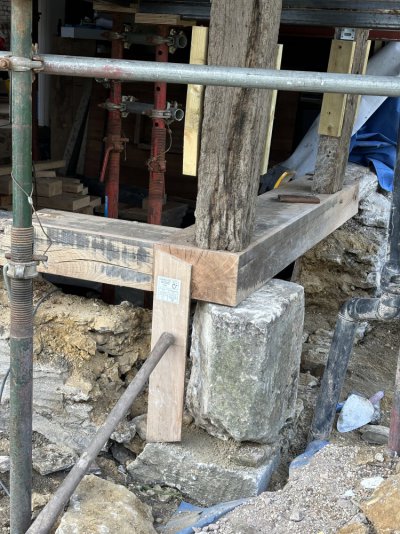DampedOut
Member
- Messages
- 61
There's been recent studies that say that limecrete isn't that breathable and that the benefits in limecrete systems are coming from the foamed glass aggregate used under limecrete [1]. And, more to the point, that impermeable floors don't affect the walls [2]. Could that possibly mean we can get away with ignoring cement slabs and even using non-breathable insulation on top of them?
I'm looking at a room where I could actually meet building regs for underfloor insulation if I used Celotex over the existing cement slab. Exterior ground level would be a little lower than the slab or equal to it. I could even add an effective electric underfloor heating system if I used Celotex.
I'm toying with this idea: cement slab + Celotex + electric UFH + pamments. I'm a bit worried about moisture damaging the PIR, in which case, maybe that layer would have a wood fibre border against the external wall. What am I missing here? Why are these terrible ideas?
[1] https://www.rilem.net/publication/publication/527?id_papier=12862
[2] https://researchportal.bath.ac.uk/e...-of-wall-moisture-in-a-historic-building-in-r
Cited originally in another thread
I'm looking at a room where I could actually meet building regs for underfloor insulation if I used Celotex over the existing cement slab. Exterior ground level would be a little lower than the slab or equal to it. I could even add an effective electric underfloor heating system if I used Celotex.
I'm toying with this idea: cement slab + Celotex + electric UFH + pamments. I'm a bit worried about moisture damaging the PIR, in which case, maybe that layer would have a wood fibre border against the external wall. What am I missing here? Why are these terrible ideas?
[1] https://www.rilem.net/publication/publication/527?id_papier=12862
[2] https://researchportal.bath.ac.uk/e...-of-wall-moisture-in-a-historic-building-in-r
Cited originally in another thread

